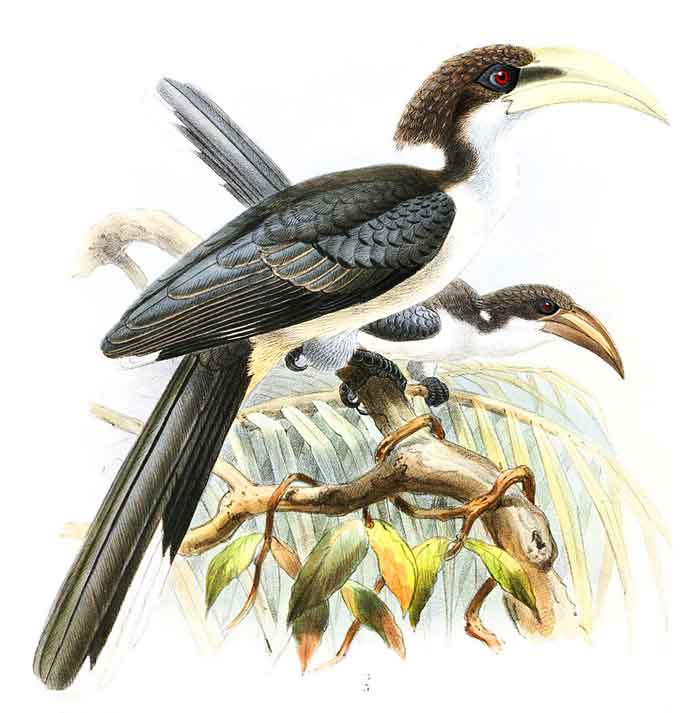
Superregnum: Eukaryota
Cladus: Unikonta
Cladus: Opisthokonta
Cladus: Holozoa
Regnum: Animalia
Subregnum: Eumetazoa
Cladus: Bilateria
Cladus: Nephrozoa
Superphylum: Deuterostomia
Phylum: Chordata
Subphylum: Vertebrata
Infraphylum: Gnathostomata
Megaclassis: Osteichthyes
Cladus: Sarcopterygii
Cladus: Rhipidistia
Cladus: Tetrapodomorpha
Cladus: Eotetrapodiformes
Cladus: Elpistostegalia
Superclassis: Tetrapoda
Cladus: Reptiliomorpha
Cladus: Amniota
Classis: Reptilia
Cladus: Eureptilia
Cladus: Romeriida
Subclassis: Diapsida
Cladus: Sauria
Infraclassis: Archosauromorpha
Cladus: Crurotarsi
Divisio: Archosauria
Cladus: Avemetatarsalia
Cladus: Ornithodira
Subtaxon: Dinosauromorpha
Cladus: Dinosauriformes
Cladus: Dracohors
Cladus: Dinosauria
Cladus: Saurischia
Cladus: Eusaurischia
Subordo: Theropoda
Cladus: Neotheropoda
Cladus: Averostra
Cladus: Tetanurae
Cladus: Avetheropoda
Cladus: Coelurosauria
Cladus: Tyrannoraptora
Cladus: Maniraptoromorpha
Cladus: Maniraptoriformes
Cladus: Maniraptora
Cladus: Pennaraptora
Cladus: Paraves
Cladus: Eumaniraptora
Cladus: Avialae
Infraclassis: Aves
Cladus: Avebrevicauda
Cladus: Pygostylia
Cladus: Ornithothoraces
Cladus: Ornithuromorpha
Cladus: Carinatae
Parvclassis: Neornithes
Cohors: Neognathae
Cladus: Neoaves
Ordo: Bucerotiformes
Familia: Bucerotidae
Genus: Ocyceros
Species: Ocyceros gingalensis
Name
Ocyceros gingalensis (Shaw, 1811)
References
General Zoology 8 pt1 p. 37
Vernacular names
English: Sri Lanka Grey Hornbill
français: Calao de Ceylan
The Sri Lanka grey hornbill (Ocyceros gingalensis) is a bird in the hornbill family and a widespread and common endemic resident breeder in Sri Lanka. Hornbills are a family of tropical near-passerine birds found in the Old World.
Habitat
The Sri Lanka grey hornbill is a gregarious bird found in forest habitats.
Description
The Sri Lanka grey hornbill is a large bird at 45 centimetres (18 in) in length. It has grey wings with black primary flight feathers, a grey back, and a brown crown. Its long tail is blackish with white sides, and the underparts are white. The long, curved bill has no casque. Sexes are similar, although the male has a cream-coloured bill, whereas the female's is black with a cream stripe. Immature birds have dark grey upperparts, a cream bill, and a tail with a white tip. Its flight is slow and powerful.
Behaviour
The female lays up to four white eggs in a tree hole blocked off during incubation with a cement made of mud, droppings and fruit pulp. There is only one narrow aperture, barely wide enough for the male to transfer food to the mother and chicks. These birds usually live in pairs or small flocks consisting up to five birds (2 adults and 2-3 juveniles).
Diet
They are omnivores observed consuming berries, fruits, insects and small lizards. It feeds mostly on figs, although occasionally it eats small rodents, reptiles and insects.
References
BirdLife International (2020). "Ocyceros gingalensis". IUCN Red List of Threatened Species. 2020: e.T22682425A184955003. doi:10.2305/IUCN.UK.2020-3.RLTS.T22682425A184955003.en. Retrieved 11 November 2021.
Birds of India by Grimmett, Inskipp and Inskipp, ISBN 0-691-04910-6
Retrieved from "http://en.wikipedia.org/"
All text is available under the terms of the GNU Free Documentation License

